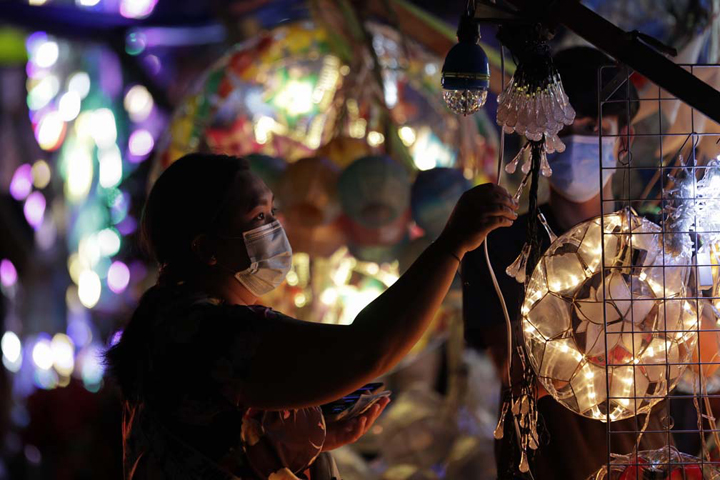
THE holiday boost may have provided some relief to the banking sector, which recorded a decline in bad loans by the end of 2020.
Latest data from Bangko Sentral ng Pilipinas (BSP) shows that gross nonperforming loans (NPL) ratio slowed down to 3.61 percent in December from 3.78 percent in the previous month.
It was in December when the banking sector saw the NPL ratio dip for the first time in 2020. The banking industry started the said year with a bad-loan ratio of 2.16 percent in its books. The figure continued to rise month after month and peaked in November last year.
Still, the December figure is higher than the 2.04 percent notched in 2019. However, it is still below the Central Bank’s forecast of 4.6 percent for the year.
In terms of amount, NPLs reached P391.67 billion as of end-December 2020, which is 74.77 percent more than P224.11 billion year-on-year. This as total loan portfolio slipped by 1 percent to P10.86 trillion by the end of last year from P10.97 trillion in 2019. Rizal Commercial Banking Corp. (RCBC) Chief Economist Michael L. Ricafort attributed the lower NPL ratio in December to better business and economic conditions amid the Christmas season. These allowed many borrowers to settle their debts before the year ended, he said.
“More business, sales, income and livelihood means greater ability by borrowers to pay their loans as they fall due, especially the fact that Christmas season sales comprise a large chuck of sales/income in a typical year for many businesses and/or industries, as well as for people and households in the formal and informal economy,” Ricafort told the BusinessMirror.
The improved business landscape, he added, was also supported by lower economic contraction in the fourth quarter.
Apart from the holiday boost, the RCBC economist pointed to other factors mitigating the rise of bad loans, including the 60-day debt moratorium imposed for liabilities falling due until December 2020 under the Republic Act 11494.
Fewer demand for loans during the period may have also contributed to lower NPL ratio, he said.
“This could also reflect improvements in credit risk management systems, particularly on credit risk management, aligned with global best practices,” Ricafort added.
More bad loans
While the NPL ratio slipped in December 2020, it is not a signal that the figure will continue to go down in the coming months.
ING Bank Manila said it expects the NPL ratio to “tread higher” in the near term following the expiration of the debt moratorium.
“With incomes down, consumers and firms will likely face challenges in keeping payments up to date,” the bank said.
To recall, bad loans piled up last year because lockdown measures amid the pandemic aggravated unemployment rate and forced many businesses to shut down. These conditions made it difficult for borrowers to settle their debts on time.
This is why reopening the economy is needed to improve the financial capability of the borrowers, Ricafort told the BusinessMirror. He noted it would then help to enhance the banking sector’s asset quality.
“Going forward, further improvement in economic recovery prospects, especially with the scheduled start of Covid-19 vaccine rollouts in the country would help economic recovery prospects,” Ricafort told the BusinessMirror.
Resuming business activities will allow improvements in sales, production, and livelihood, among others, Ricafort added.
The RCBC economist told the BusinessMirror that the Financial Institution Strategic Transfer (Fist) bill will also provide some relief for the financial system.
The said bill allows financial institutions to get rid of their nonperforming assets—which include NPLs and real and other properties acquired in settlement of loans—by selling them to asset management firms or FIST companies. This can help them attain better management of their debt levels during this pandemic.
Demand for borrowings
ING Bank Manila expects demand for loans to be low this year as the economy continues to grapple with the impact of the poor governance of the Covid-19 pandemic.
The bank expects loan growth to remain in the red in the near term and bounce possibly by end-2021 as the economic activity recovers.
Outstanding loans provided by the universal and commercial banks contracted by 0.7 percent in December 2020, the first in 14 years. Bank lending growth slowed down because financial institutions were risk averse amid the pandemic, BSP said.
ING Bank Manila said it doesn’t likely see bank lending to post a sustained double-digit pace of growth in the near term, given the state and pace of the economic recovery.
The Philippine economy contracted by 9.5 percent on average last year.
